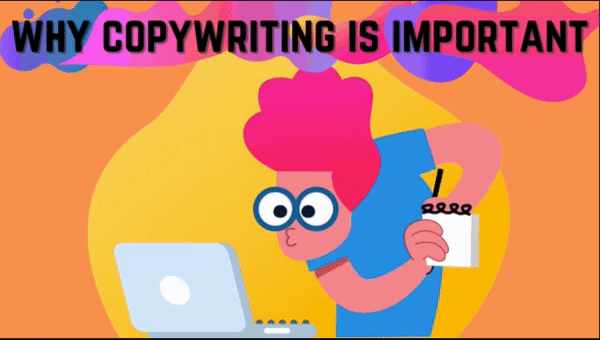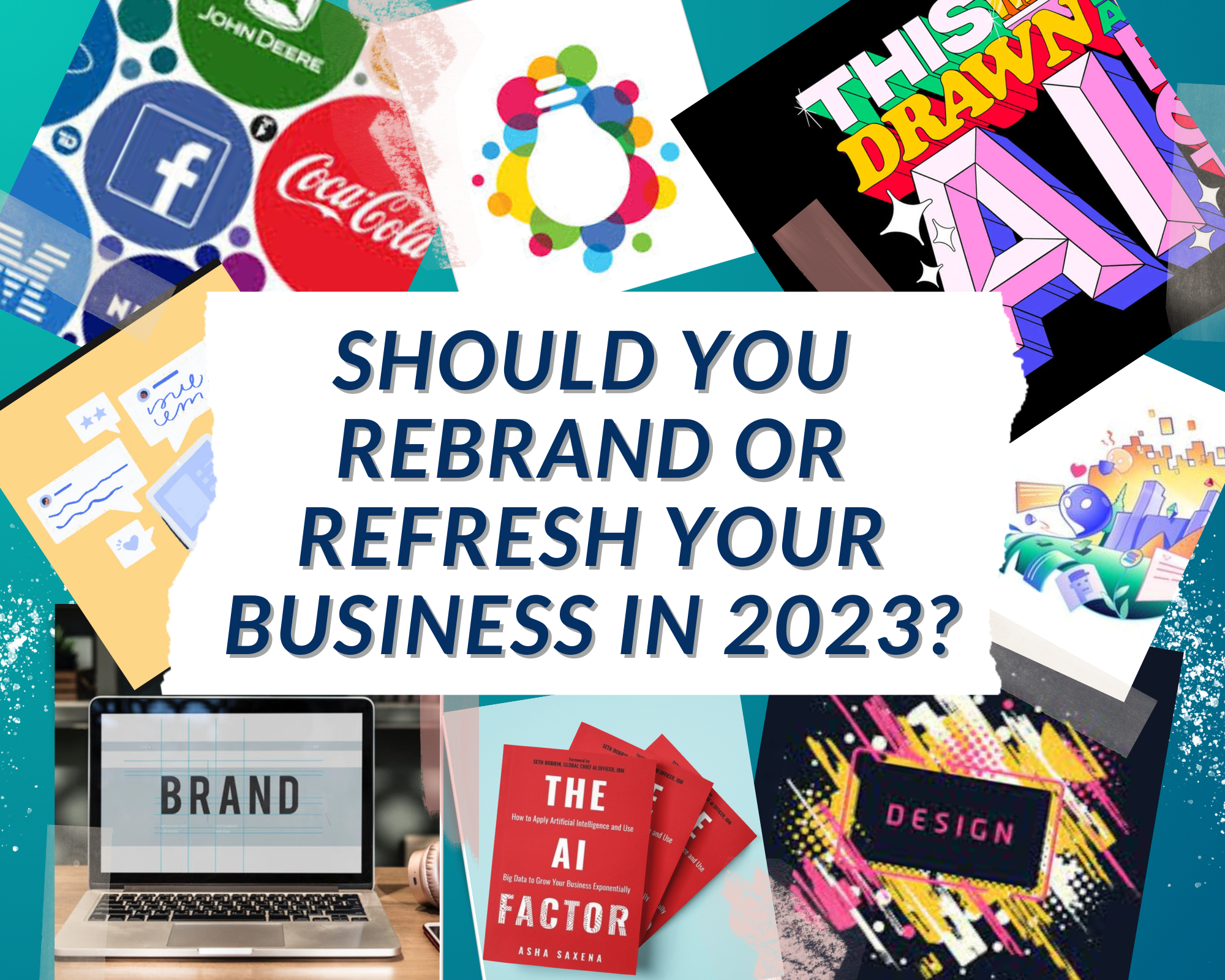Table of Contents:
- A Brief History of Copywriting
- Make Them Take a Second Look
- Address Their Concerns
- Provide Results
- Don’t Take Yourself TOO Seriously
- Lead The Way
- In Conclusion
Let’s say you’re browsing the internet or passing by a billboard. As you scroll or drive by, the seemingly inconspicuous advertisement commands your attention, not because of the sleek and glossy graphics and imagery, but because of the message. The message has struck a chord; it may have moved you, made you chuckle, excited you, aroused your curiosity, or even angered you.
Invoking those kinds of responses from people is the hallmark trait of effective copywriting – the foundation if you will- and effective copywriting is crucial to the success of your marketing strategy, both digital and traditional. It’s an art form, a form of persuasive writing that often incorporates ethos, pathos, and logos.
To understand the grasp that copywriting has on our consumerism culture, let’s dial it back and take a brief walk through history.
A Brief History of Copywriting
Yes, we’re taking it all the way back.
Some of the earliest forms of copywriting weren’t in early newspapers or pamphlets but instead engraved in stone tablets from the ancient world. The example above is a cuneiform tablet that showcases a perfume recipe conjured up by the famed chemist Tapputi from ancient Mesopotamia. This artifact can be considered a historical piece of copy since it also highlights Tapputi’s expertise in perfume making. The tablet cites Tapputi as “Belatekallim” or overseer of a royal household which reinforces her status at the time.
The evolution of copywriting has evolved significantly between the colonial era and 1800’s but has made leaps and bounds around the turn of the 20th century and forward. This is where David Ogilvy comes in. Hailed as the “Father of Advertising” Ogilvy introduced a creative spark in the advertising industry that was fueled by an unprecedented approach: market research.
Ogilvy Da OG.
The Marketer’s Bible.
Understanding consumers habits and quirks allowed marketers such as the original Mad Man (get it?) himself to produce copy and campaigns that made various products and services appealing to specific demographics.
Essentially he learned and spoke in a language his consumers understood and other advertisers followed suit, even to this day.
Make Them Take A Second Look
Circling back to our earlier example, the headline is often the first thing a person sees when reading copy and it needs to be in your face! It should be unique and pique the consumer’s curiosity or address a problem or concern. Most brands have a “voice” that has a distinguishable tone that’s specific to their target audience. Whether it’s jovial, serious, or cheeky, a compelling headline must be imbued with personality. In the case of digital copy, especially Search Engine Marketing, effective healings should be sprinkled with relevant SEO keywords that pertain to your product or service which will improve your rankings.
And remember KISS: Keep It Simple, Silly.
Address Their Concerns
What good is the product or service you’re selling if the consumer isn’t sure how it will benefit them? You might think you’re alluring your audience with vagueness, but you may very well be turning them away from learning more about your brand. Without squeezing in a full FAQS page in your copy, indulge the consumer’s curiosity by scratching the surface of your product/service’s features and benefits.
Provide Results
Image Credit: Redel Bautista – dribble.com
People love a good success story, testimonial, or review and it’s a great idea to include it in your copywriting. Piggybacking on the previous section, it’s a surefire way of giving your audience an idea of how your brand will improve their lives. Statistical information if available does an equally effective job of demonstrating the validity of your brand as well, so be sure to include that in your copy as well.
Don’t Take Yourself TOO Seriously
From a psychological standpoint, tugging at the heartstrings through copywriting is a surefire way to galvanize consumer’s interest in your brand, however, being overly brooding or downright depressing even if you’re trying to make the public take your campaign seriously is going to produce the opposite of the results that you want.
PETA is an example of ads that is definitely polarizing, to say the least.
Instead of selling despair or controversy, sell a solution or better yet, try to include a feel-good element to it.
If your copy is already light-hearted, build upon that feel-good element, provide a little inspiration. Not to say you must sell them a fantasy that’ll never come into fruition, but a little optimism goes a long way.
If you’re trying to get a chuckle from your audience, don’t resort to using lowbrow or offensive humor in order to get a reaction. Humor copy should be witty and clever. If geared towards mature audiences, consider using sarcastic humor or double entendres.
Lead The Way
This one applies to digital copy; display ads, search engine ads, websites, and apps specifically. UX or User Experience design are elements included in a website that are meant to coax visitors into taking a desired action. A subset of UX, UX copywriting, which is interchangeable with UX writing, does the same thing but with persuasive language. Basically, you’re giving folks a nudge in the right direction.
UX copywriting produces Call to Actions that provide the little push needed to make a conversion. Revisiting our previous entry will give you an idea on how to create effective Call To Action prompts.
In Conclusion
Copywriting is a lot more significant than what we give it credit for; it requires psychological prowess and the mastery of your dominant language. Copywriting – with other elements of marketing and advertising of course – can make or break a brand or business since words and emotion carries a lot of power. And while the mediums in which copy is carried has changed throughout centuries the intent behind the message is always consistent. Keep this in mind as you showcase your business’s attributes to your audience.




